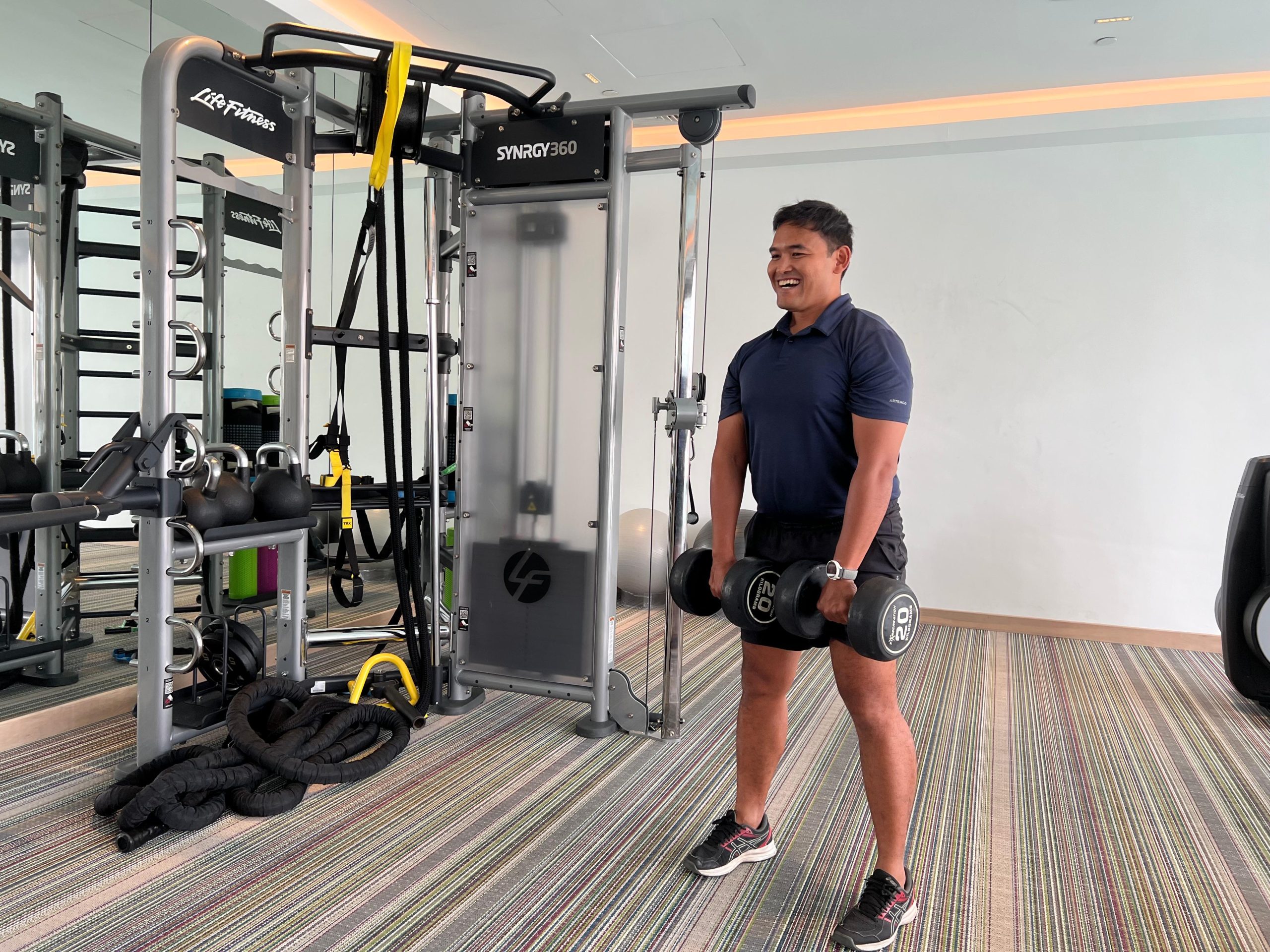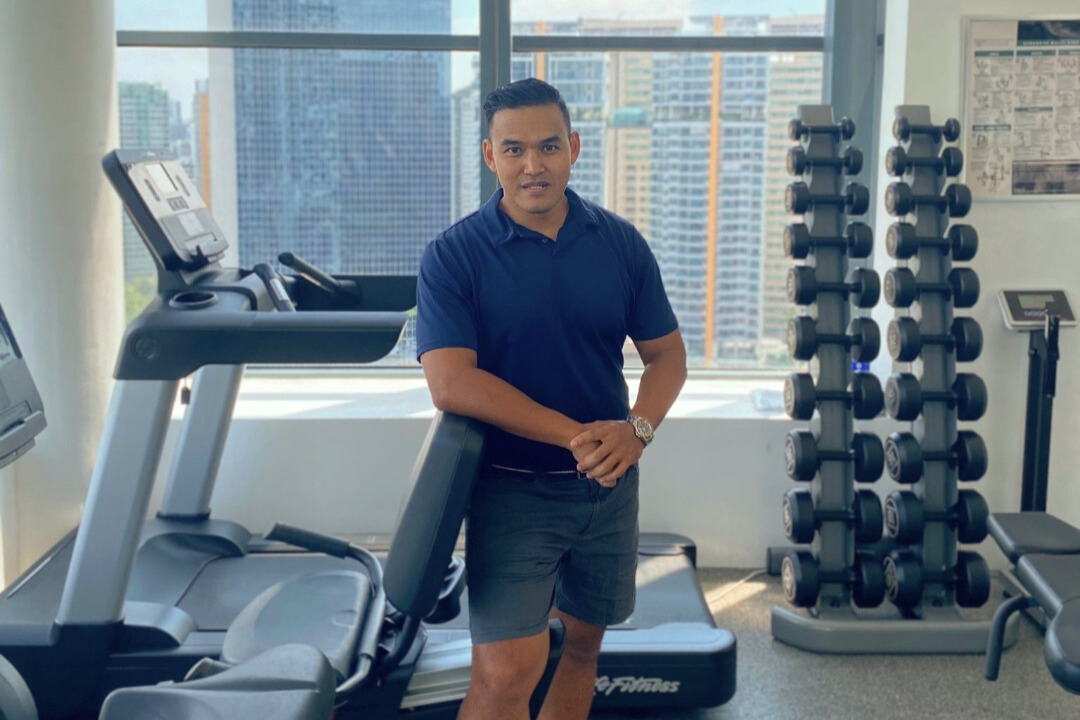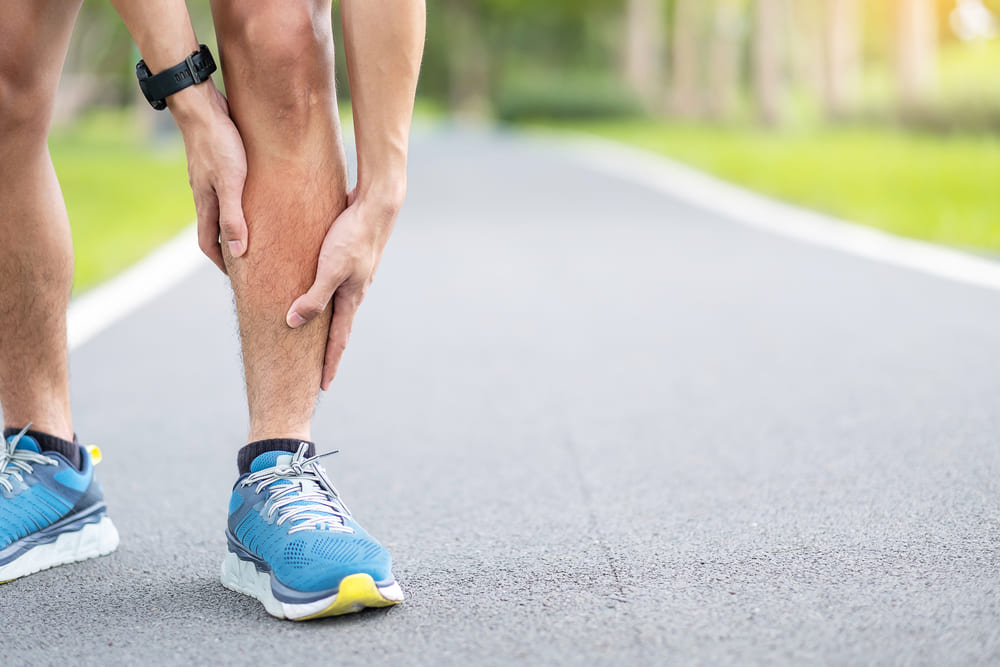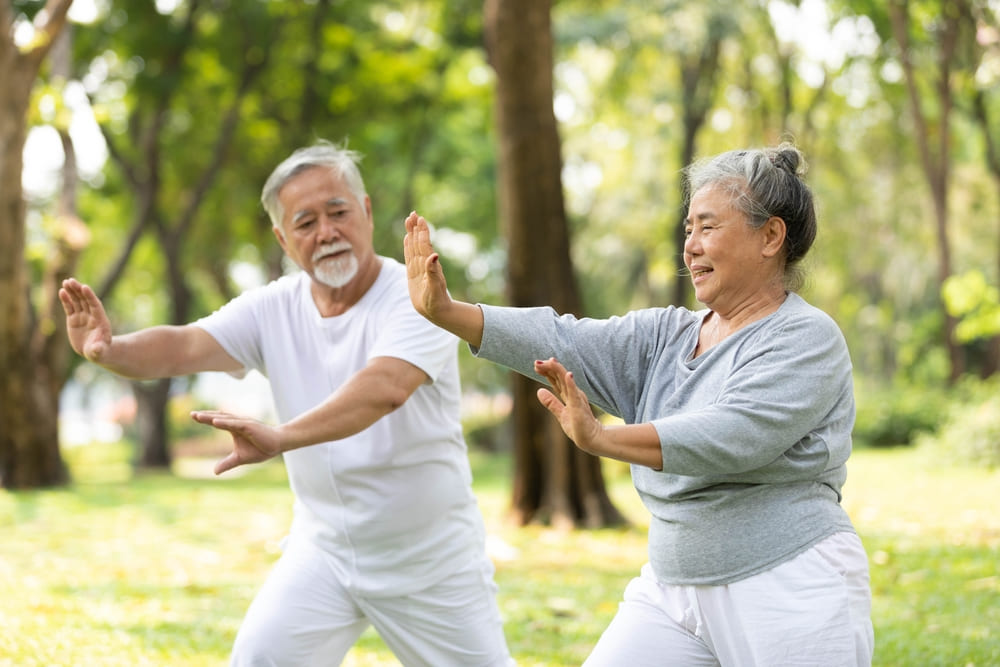
Whether you’re a seasoned athlete or just starting out, accidents can happen. Learn how to safeguard your body and recover effectively.
We’ve all seen those viral gym fails — like dropping a barbell mid-squat. While these clips grab attention online, such accidents can lead to serious injuries. Rather than letting injuries slow you down, understanding how to protect your body is key to staying on track and making progress.

DSP (NS) Luqman Nulhakim, Principal Educator (Exercise Physiologist) at World Coaches Academy and Executive Committee Member at HomeTeamNS Bukit Batok, shares his expert tips on reducing injury risks and recovering well.
With anyone able to share information online, myths about exercising abound — and many can derail progress or even lead to injury. Luqman dispels two common misconceptions:
Some people believe that weightlifting is just for professional athletes, which discourages many from incorporating strength training into their fitness routine. “This belief is harmful because strength training builds muscle stability and supports joints, helping to prevent injuries at all fitness levels,” says Luqman. He recommends engaging in full-body strength training, with exercises tailored to individual needs to maintain overall fitness and prevent injuries. Consistency is key, whether it’s twice a week or more, depending on your fitness level and goals, he adds.

The notion that lifting heavier weights faster will yield quicker results is both inaccurate and unsafe. “This approach often compromises form, reduces muscle engagement and increases the risk of injury,” Luqman explains. Instead, focusing on controlled, full-range movements allows proper muscle activation and minimises injury risks. He adds that studies show that slower, controlled repetitions with good form yield better strength gains and reduce the chance of strain or injury.
In addition to common injuries like ankle sprains and ACL tears, lesser-known conditions can sneak up on you. These include:
Common among those training for the Individual Physical Proficiency Test (IPPT), this injury stems from poor running form or inadequate footwear. “Symptoms include pain around the kneecap, especially when climbing stairs or sitting for long periods. Strengthening the quadriceps, hamstrings and hips, as well as wearing supportive footwear can help prevent this injury. Research supports the role of muscle strengthening and proper biomechanics in preventing patellofemoral pain syndrome,” says Luqman.

Often affecting runners, shin splints result from overuse or sudden increases in running intensity, causing inflammation and pain along the shinbone. “Gradually increase your running mileage, wear supportive shoes and strengthen the lower leg muscles to avoid this condition. Squats is a good exercise to strengthen lower leg muscles,” notes Luqman.
With the rise of high-intensity workouts like spin classes, CrossFit and Hyrox, the risk of exertional rhabdomyolysis — a severe condition that leads to muscle breakdown and potential kidney damage — has risen. “Symptoms include severe muscle pain, weakness, dark urine and fatigue,” says Luqman. “You can prevent this by moderating your workout intensity, staying hydrated and allowing adequate recovery time. Studies show that gradual progression in workout intensity and regular hydration are crucial to preventing rhabdomyolysis.”
As we get older, workouts need to adapt to our changing bodies to reduce the risk of injury. Age-related decline in cardiovascular fitness, loss of muscle mass and decreased bone density can make injuries more likely, especially for those over 50.

To combat these changes, Luqman suggests incorporating strength training twice a week to maintain muscle mass. “Balance exercises and flexibility routines, such as yoga or Tai Chi, can improve stability and prevent falls,” he adds. “Low-impact activities like walking, swimming or cycling are excellent for maintaining fitness while protecting your joints.”
If you’re looking to stay active, HomeTeamNS offers a range of fitness programmes suitable for different ages and fitness levels. Whether you’re interested in strength training, flexibility exercises, or low-impact workouts, you can explore their variety of courses at hometeamns.sg/courses/. For NSmen specifically, HomeTeamNS has tailored programmes to help you excel at the IPPT and stay in peak condition. These include NS FIT sessions and Virtual Fitness Training (VFT), which you can explore here: hometeamns.sg/fitnessworkz/nsfit-info/.
While regular exercise is important, it’s crucial to listen to your body. Factors like flexibility, body composition and past injuries affect your risk of getting hurt. Tailoring your workout to address any weaknesses — whether it’s flexibility, strength or balance — can help keep you stay injury-free.

One effective strategy, according to Luqman, is to incorporate mobility exercises into your warm-up to improve joint range of motion. “Beyond stretching, injury prevention relies on good form, gradual progression, sport-specific strength training and proper rest days. Evidence-based research supports that a combination of dynamic stretching and gradual load progression reduces injury risk and improves performance,” he emphasises.
Good nutrition and adequate sleep are also crucial for preventing injuries and aiding recovery. If you experience discomfort for more than 24-48 hours, or if you must adjust your movements to avoid pain, it could indicate an injury. “Ignoring these signs could lead to long-term damage,” Luqman cautions. “Rest when needed, listen to your body and seek professional help if pain persists.”
The first 72 hours after an injury are critical. What you do (and don’t do) during this time can greatly affect how quickly and safely you recover. “Following the RICER principles will help manage the injury, while avoiding the NO HARM factors can prevent further damage,” Luqman advises.
RICER principles
NO HARM principles:
Once the acute phase has passed, begin gentle, pain-free exercises under the guidance of a healthcare professional to maintain joint mobility. Gradually reintroduce strength training focused on the injured area and follow professional advice to prevent future injuries.
Like our stories? Subscribe to our Frontline Digital newsletters now! Simply download the HomeTeamNS Mobile App and update your communication preference to ‘Receive Digital Frontline Magazine’, through the App Settings.

